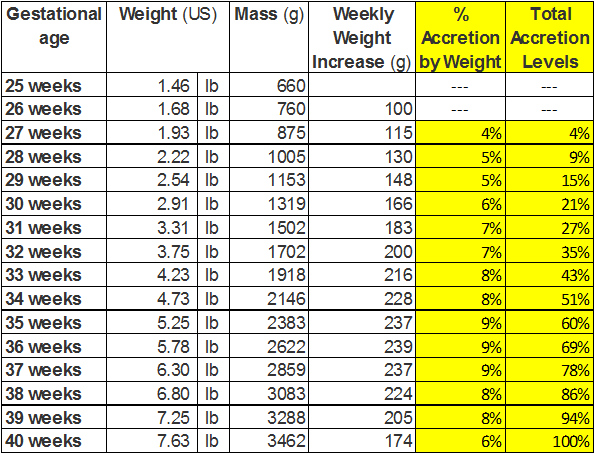Premature and Low Birth Weight Babies are born with known trace mineral deficiencies because per the Textbook of Pediatric Gastroenterology and Nutrition, pg 631
“Although trace elements make up a small fraction of the total mineral content of the human body, they play an important role in numerous metabolic pathways. The infant born prematurely is at increased risk for developing trace mineral deficiencies. Premature birth is associated with low stores at birth, becauseaccretion of trace minerals takes place during the last trimester of pregnancy.”
Because of these well documented deficiencies, total parenteral nutrition (TPN) is also commonly administered to these infants. Despite the intent to act as a complete dietary supplement, several key nutrients are absent, such as sulfur, cobalt and iron.
Numerous studies show that breast milk is best for babies, and lower incidences of cerebral palsy and other neuromuscular problems are present in breast fed infants. Trace minerals are present in breast milk because they are already part of the mother’s diet. They are considered ubiquitous in a healthy, nutritionally balanced diet, occurring naturally in the environment.
However, breast milk does not contain the higher amounts of trace minerals needed by pre-term infants.
When a pre-term or low birth weight baby leaves the hospital, parents are currently instructed to provide extra nutrients in the form of “liquid vitamins” and common MACRO minerals (see What Are Macronutrients for a discussion about the difference between macro and micro minerals) because numerous studies have already been done demonstrating that breast milk does not contain the higher amounts of essential nutrients needed by these infants. Poly-Vi-Sol (both with and without added iron) is already standard practice for pre-term infants.
You can use the following chart to estimate how far along in the accrection process your child was when they were born. In the event of IUGR, use the “weight” calculations to estimate the actual gestation age of your child.
Premature infants typically catch up to full-term growth rates by two years of age.
This period coincides with the switch to solid foods which contain the missing trace minerals and the ability to SELF-CORRECT the deficiency issues.
Micronutrient deficiency results in GROWTH RETARDATION (also known as FAILURE TO THRIVE) which includes
- poor growth and appetite
- impaired immune responses
- weak muscles
- developmental delays
- and “general ill-thrift”
Infants typically begin to respond to correction within 24-72 hours. (See What to Expect for more details.)
